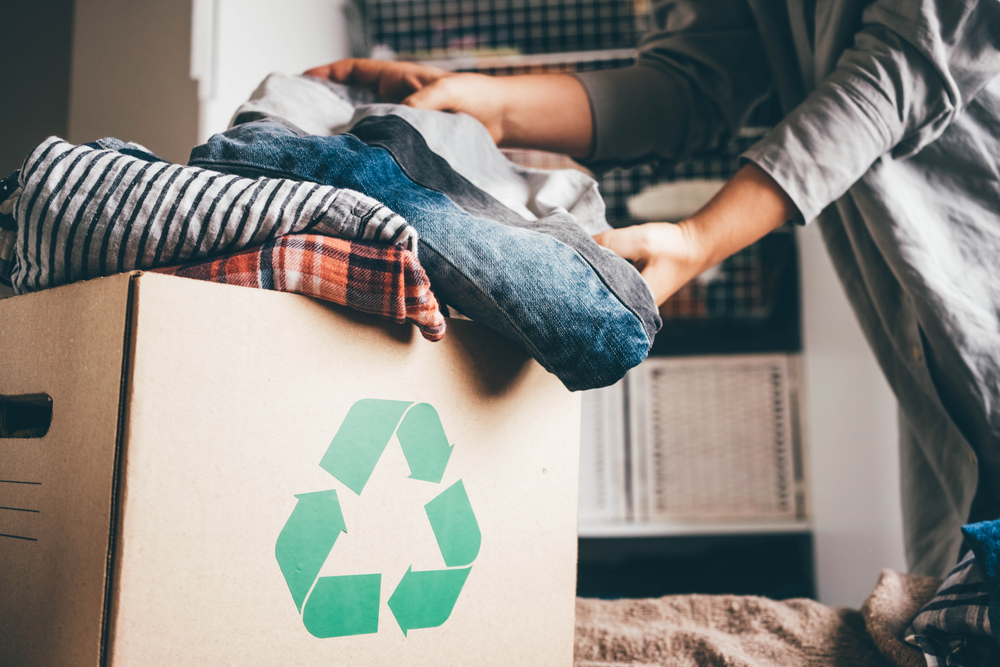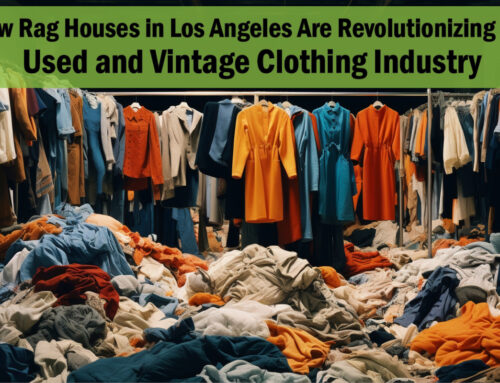Do you know that the textile industry produces 10% of annual global carbon emissions? As a result, experts are developing new initiatives to deal with the core textile industry problems. Therefore, used clothing reuse and recycling are not a buzzword or marketing tools. Instead, sustainability from used clothing is synonymous with real action and commitment.
Fortunately, the only solution is recycling used clothing in various ways. It will decrease the overall pollution produced by textiles. So, every person has to come together and help to recycle used clothing through multiple methods.
So, let’s look at how reused and recycled textiles Lead to a Sustainable Future.
A Step Towards Circular Economy
In the era of fast fashion, everyone wears a garment one or two times and discards it. When everyone wants to make the textile industry more sustainable, you must create a circular economy. For example, we throw off apparel having minor sewing issues. To channel a circular economy, you must fix your clothes and should stop chasing fast fashion. Used clothing can be donated, exported, imported, and shared to create a more powerful circular economy.
It Saves Water
Do you know that to make one pair of jeans, 1,800 gallons of water is used? If everyone pledges to repair used clothing, this amount can be negligible. So, used clothing and recycling will put less pressure on natural resources like water and make the industry more sustainable.
A massive Initiative toward Pollution Free Environment
The apparel industry uses more than 200 chemicals and generates one-fifth of the world’s industrial water pollution. It not only makes water unhealthy but also affects marine life. Recycling fabrics are the best choice for minimizing the humongous and devastating environmental effects. By constantly recycling used clothing, the industry will become more eco-friendly and achieve sustainability.
The Demand for Virgin fabrics will Decrease.
When you repair your clothes or buy used clothing, you directly create less stress on new virgin clothes. This will reduce the speed of the chain because there will be less demand. In addition, the suitable recycled fabric created by advanced technology is very eco-friendly, and consumers happily accept it.
Landfill Waste is Decreasing
By constantly reusing and recycling used clothing, landfill waste is decreasing and will continue to do so. Do you know out of all discarded clothes, 85% go to landfill? This huge dumping ground becomes a breeding home to diseases and creates a very ugly site. So, constantly increasing the shelf life of the used clothing will minimize landfill waste.
A Step to Conserve Vital Energy
Reused and recycled textiles lead to a sustainable future by conserving the most important forms of energy. Used clothing reusing, repairing, and recycling will put less stress on electricity, raw materials manufacturing, and anything that is needed from scratch. This chain will put less pressure on many sectors and lead to sustainability.
A Great Help for Developing Countries
Many used clothing is recycled or directly sold to developing countries. These countries demand high-quality textiles and revamp them for reuse. So, this process becomes global and puts less stress on our environment. It financially supports both countries and aids the sustainable apparel industry.
Sustainability Initiatives are making Customers Aware.
Sustainability progress in the textile industry by adopting used clothing, recycling, donating, etc., has set a wave of consciousness. Many brands are taking up used clothes and recycling them to create new clothes which are more sustainable. As a result, many consumers enquire about the suitability of the product they buy.
Also, many online apparel sellers especially mention sustainable products in the specifications. This has led to a wave of conscious shopping. Following these trends, every brand is adopting sustainability.
How can you Participate in Textile Sustainability?
The first question that strikes everyone is what clothes can be recycled? Well, every piece of clothing can be used in some form or other way. Textile sustainability starts by focusing on your used apparel.
The first step is to avoid chasing fast fashion and opt for minimalism. You should never discard your used clothing and throw them on dumping grounds. Instead, you can repair the clothes, reuse them and share them. Donating used clothes and recycling them in every possible way is the solution.
The Future of Textile Sustainability
The future of textile sustainability is bright as many people know different ways to utilize used clothing. The statistics are quite evident, as, in 2021, the global market value of second-hand and resale apparel was estimated to be worth 96 billion U.S. dollars.
If you’re interested in exporting used clothing, visit Samiyatex today, the graders & exporters of second-hand clothing since 1992. All these little initiatives will come together to reach more sustainable goals and make the textile industry environmentally friendly.






